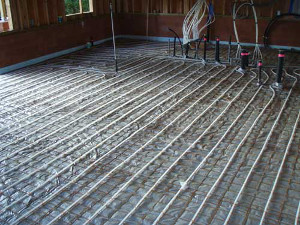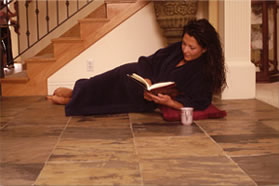With temps plunging into record lows, the potential for frozen pipes can create a headache for homeowners. Here are just a few things one can try to avoid this from happening.
In basements and crawl spaces, pipes touching an outside wall or located outside need to be properly covered. There is an insulation that is available at most home improvement or plumbing stores that is the shape of the pipe (usually 1/2″ copper), has a slit down the middle and wraps around the pipe.
Remove any hoses in the backyard from the hook up, shut off the valve and open the valve outside so all the water drips out.
I know this one will go against your conserve water side, but turn on your taps. There’s pressure built up in the pipes, and if water’s not moving and that pipe is exposed to cold then it could Freeze, so just turn that faucet on a little bit. Moving water will not freeze as rapidly as it could just sitting in the pipe.
In the event of a prolonged power outage, turn off the main shut off valve which controls water coming into the house and then open all the faucets and let the water run through. This way you have no water in the pipes for freezing.
You can also drain your water heater during an outage to avoid damage. Usually above the water heater there are two valves, one for hot water and one for cold water, shut off the water there. On the bottom of the water heater, there is a spout and that is where you will drain the water.
Sometimes even after taking measures to avoid a freeze up it happens. If you have no water and suspect your pipes are frozen, we strongly recommend not tampering with them and call a plumber. There have been instances of consumers trying to heat pipes on their own, which can, in turn cause more damage.
If a pipe has burst, the first thing to do is automatically go to the shut off valve and turn the water off. That will stop the water from making any more damage. Then call in a plumber to fix the pipe.





